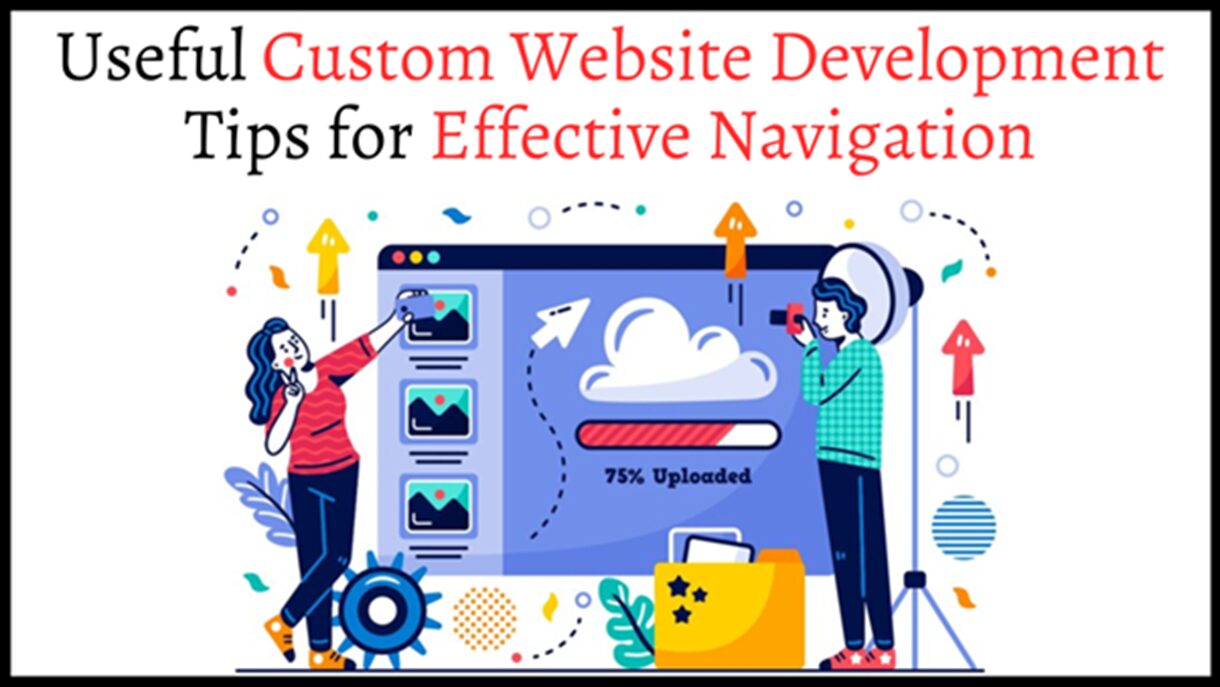
The Powerful Guide to E-commerce Marketing in 2023
8 minutes | Word Count: 1443We can observe that e-commerce demand has increased significantly since Covid; businesses who don’t now operate online desire to do so. Nowadays, every business owner aspires to expand their company internationally. However, deciding which e-Commerce marketing strategies and techniques can sometimes be challenging. This article covers every facet of e-Commerce marketing strategy in every detail we have written. Use these thorough recommendations to boost sales in 2023. Continue to read!
Absolutely, eCommerce comes with its fair share of demanding situations. It’s essential to recognize that even though almost half of the world’s population is online, it would not assure that every potential customer will discover your website. The digital realm is brimming with rivals, and simply establishing an online presence falls short. To definitely thrive, you need a strong advertising and eCommerce marketing strategy that spreads the word about your business and attracts in real and loyal customers. After all, building a customer base that continues coming again is what matters. Because, let’s face it, if customers haven’t heard about your business, they may be not going to make a purchase from you!
What is E-commerce?
The practice of encouraging customers to purchase goods or services offered online is known as e-commerce marketing. That covers every step of the customer journey, from merely raising brand awareness to gaining customers’ confidence and closing the deal.
You will have a different growth story if you’re already established on one social platform, have primarily sold your items on Facebook or Instagram, and are trying to expand. eCommerce approaches, in contrast to traditional marketing tactics, are easily accessible to analyze on a variety of dashboards; it is up to you to choose which will work the best for you in the future. Instead, you use this freedom of choice to create your eCommerce Marketing Playbook.
The strategies incorporate e-commerce-friendly strategies, including search engine optimization (SEO). Those outside of it enjoy affiliate marketing, paid advertising, social media marketing, email marketing, and other forms of marketing.
E-commerce Marketing Tips
Now we’ve looked at what ecommerce marketing is, let’s turn our attention to some tips and tricks to help you improve it.
Here are 11 types of e-commerce marketing tips which we are going to cover:
1. Search Engine Optimization (SEO)
Doing enough market research for an efficient SEO strategy for e-commerce may take time and effort. Optimizing your online store for search engines is known as search engine optimization (SEO) for e-commerce marketing. It elevates your company to the top of search results. Moreover, keywords are essential to raising your position in organic search results. To raise the rating of your material, be sure to use the appropriate keywords.
Content marketing should be prioritized for a local business to succeed because it is essential. Your online exposure will improve due to the marketing funds you devote to SEO, which might shift the game.
2. Social media strategies
Social media have impacted every aspect of human civilization. Our daily routines now include it, which has incredible potential as a marketing tool. Making the most of social media is crucial e-commerce marketing advice for beginners. Although making video content for your marketing purposes might seem challenging, it is feasible with the correct tools, such as video templates and premiere pro presets.
3. Give a discount
Your online store may offer discounts in several different methods. Although seasonal promotions are popular among businesses, there is still an opportunity for bulk discounts, buy one, get one free deals, and initial specials like 60% off everything.
Regardless of your tactics, trying to produce a sense of urgency is essential. The psychology of scarcity must be used. One way to do this is to utilize countdown clocks showing how much time a contract is left. Additionally, clearly communicate your discounts so customers understand what they are purchasing.
4. Formulate cross-sell and upsell strategies
Developing up-sell and cross-sell techniques is a crucial e-commerce marketing advice for beginners.
Upselling involves offering more expensive or high-end items to current consumers to raise your average order value. If done well, upselling may boost your profits with little to no additional marketing expense, but if done incorrectly, it can drive clients away in favor of your rivals. It would be beneficial if you made an effort to inform clients about the existence of the more expensive or premium version without pressuring them to purchase it. Your clients’ relationships should always come first.
5. Keep in mind client comments
A fresh viewpoint is provided by the user-generated content you utilize in your e-commerce marketing initiatives. Today’s consumers have more wonderful selections for learning what is excellent and what to anticipate rather than relying just on the company’s promises. They might ask other customers for advice. This type of social evidence works well because of its psychological persuasion method. Positive reviews from pleased customers help gain the trust of potential customers.
6. Improve your website’s content
If you want to increase your online presence, content marketing is essential. Your user interface needs to be straightforward and polished, but it should also seem high-end and polished. Consider usability and usefulness while creating your product pages. It should be as easy and enjoyable to navigate as feasible. Between product search and purchase, there should be a few clicks required. If a new product is introduced, feature it prominently on your home page since customers appreciate the novelty.
7. Increase brand recognition
The majority of marketers—93%—use influencer marketing. Businesses work with influencers to entice them to promote their products to their followers. Consider, for the sake of illustration, that you sell accessories for young women’s fashion. It would help if you found critical players in that industry to get content highlighting your products spread. They might post a video of themselves opening your product or snap photos of themselves using it. Customers believe that people who use your products as sources of inspiration. If people believe the items are beneficial, they will purchase them immediately.
8. Implement customer-centric policies
Policies that put the consumer’s needs first boost client happiness and lower the perceived risk of your clients trying your items.
So that the consumer doesn’t lose money if your things don’t work out, provide free shipping and returns. Customers will feel more at peace and have more time to decide if there is a 30-day or more extended return period.
By implementing a guarantee, businesses may ensure that customers can quickly return or exchange a product if they are dissatisfied with it or it malfunctions. Due to increased consumer discretion in where and how they spend their money, this might be very crucial. And it will allay any worries regarding the robustness of the product.
9. Keep high-quality content
The product itself is content. Once you have provided your audience something valuable, which will increase traffic, a genuine relationship will grow.
As a consequence, make sure you provide your leads sound advise, answer their questions, address their primary concerns, etc. If your company offers healthy food, for instance, you may include articles about nutrition, weight-loss tips, various body types, and more. Customers that connect with your business after finding something useful will generate more leads and convert at higher rates.
10. Boost consumer-business interactions
Interaction between businesses and consumers as a marketing tactic for e-commerce. People frequently picture a cashier, supervisors, and other employees when they think of brick and mortar businesses. They welcome approaching customers who want to ask questions or offer feedback on goods they want to buy. There is positive news despite the lack of such in e-commerce businesses. Live chats, help desks, and chatbots may all be used to provide a communication channel between businesses and consumers. From the moment new website visitors arrive until they get what they’re searching, you may direct and interact with them. For any of your e-commerce marketing apps, you can also configure chatbot automation.
11. Preserve high-quality images
Utilize this by loading your landing page with lots of graphic content. And luckily, this is some of the most uncomplicated e-commerce advice to put into practice. Develop your website’s photo gallery in the future.
Conclusion
The eCommerce market is constantly changing. Even though trends may come and go, eCommerce firms must be aware of them to be competitive in the ever-changing online retail sector. Applying the most significant technology and adjusting them to your audience’s demands is essential. Only the most significant companies that provide customers with the most advantageous and practical options will thrive as online retail competition rises.
That concludes our list of 11 fresh e-Commerce marketing tips. We hope you found these e-commerce marketing tips helpful. Choose one or several to try based on your goals and timetable, and let us know how it goes!
























